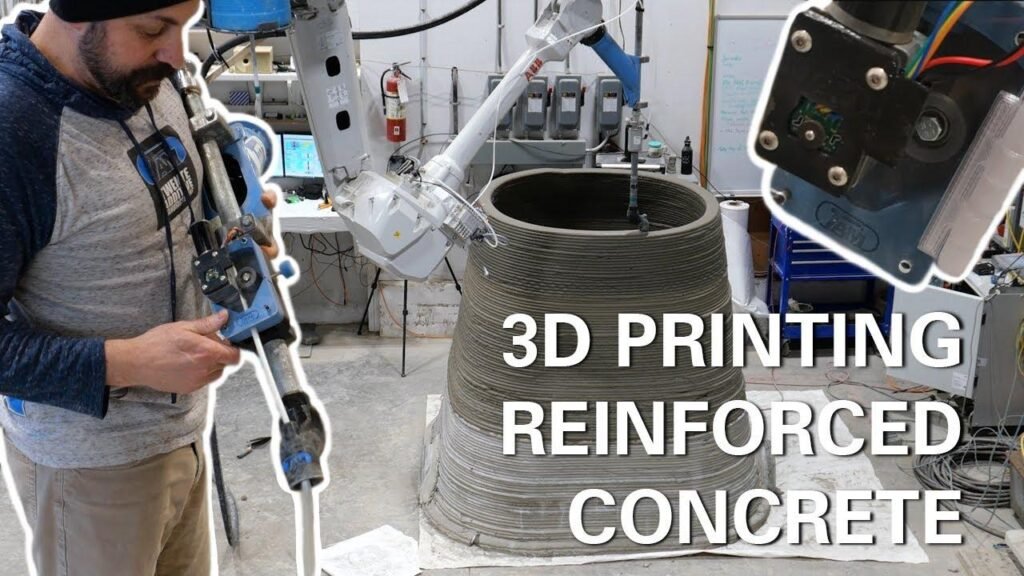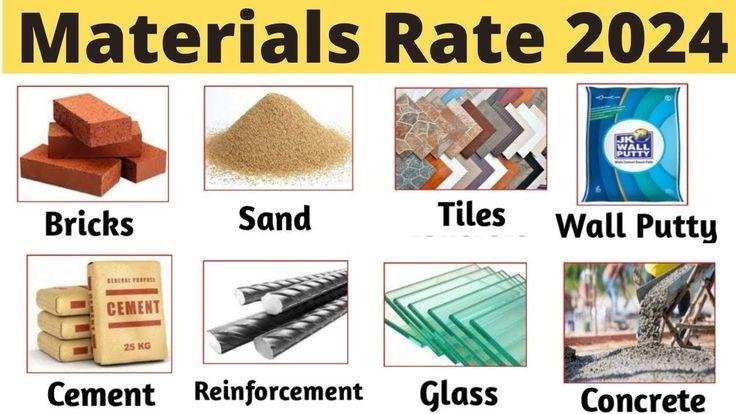Comparative Analysis: Delving into the Distinctions Between 3D Printed Concrete and Reinforced Concrete Additive Manufacturing Technologies
Introduction
A fresh perspective on building methods has stormed the construction industry: additive manufacturing with concrete. At its forefront, two divergent yet interdependent technologies spark innovation—3D Printed Concrete (3DPC) and Reinforced Concrete Additive Manufacturing (RCAM), also known as 3D Printing Reinforced Concrete (3DPRC). Though often mentioned interchangeably by non-specialists, these approaches carve out unique technical territories. The distinctions are not merely academic; they influence what gets built, how resilient it stands, and which structures persist where the climate shifts abruptly or habitation migrates due to a swift decline of traditional resources.
Defining Principal Concepts
In essence, 3DPC encapsulates methods wherein specialized printers extrude cementitious paste—without relying on formwork—to build entire structures layer upon layer. Notably, engineers continually refine mix formulations to temper flow consistency with rapid set time. Conversely, RCAM integrates reinforcement—sometimes steel cable or polymer bars—directly during printing. Techniques may weave fibers within layers or insert printed mesh at critical stress locations.
While both technologies draw from cement chemistry and geometric automation principles, their practical goals diverge in decisive ways.
Material Science as an Enabler
Unquestionably vital for structural performance is rheology—the dance between viscosity and yield stress. For 3DPC, achieving sufficient thixotropy ensures deposited material retains shape without slumping under gravity—even when exuded through nozzles at odd angles. In RCAM applications this challenge complicates further: introducing reinforcement interferes with continuous material flow but must be done without weakening consolidation around inclusions.
Mix design underpins success for both modes but pivots differently in importance: In pure 3DPC applications architects prioritize printability above all else; in RCAM scenarios composite interface quality eclipses that concern because reinforcing elements are only useful if well-bonded. This counterintuitive priority can cause some confusion during multidisciplinary project meetings.
Manufacturing Approach Divergences
It’s tempting to herald both techniques as solutions leaping over traditional casting limitations such as labor burden or excessive waste production—a narrative developers relish repeating—but let’s not simplify excessively.
- In 3DPC: Structures emerge directly from digital blueprints via layered deposition of tailored mortars. Complex void patterns may be achieved inexpensively since supports aren’t needed except sometimes when overhangs approach problematic lengths.
- In RCAM: The process orchestrates deposited concrete together with controlled placement of reinforcements—a feat requiring sensors that monitor position accuracy while the printer works alongside reinforcement feeders synchronously.
Certain enthusiasts insist that combining rebar cages printed-in-place improves seismic tolerance more than plain filament-based walls ever could; oddly enough some empirical tests reveal composite beams exhibit only moderate gains unless interface treatments such as micro-cables or ribs enhance internal bonding strength. Thus innovations abound—but so do constraints due to real-world imperfections at interfaces between cast core and shell.
Structural Performance & Application Scope
Weather resistance emerges powerfully among differentiators. Studies highlight how finished surfaces of true-printed artifacts resist spalling better compared to average vibrated slabs exposed for long periods outdoors; perhaps mineral admixtures optimize pore structure unexpectedly well in extrusion environments compared to classic molded ones. Yet another team reports increased bending tolerance—just above double digits percentagewise—in hybrid beams harnessing printed formworks coupled with strategically cast cores rather than relying strictly on embedded bars throughout cross-sections.
One might argue these tests suffer from overly small sample sizes—a valid critique—but the trend suggests nuanced contribution from additive layering alone makes buildings less susceptible to early surface degradation where chloride ingress typically causes trouble faster than anticipated previously by site managers.
Surprisingly however environmental impact studies suggest even unreinforced mixtures deposited robotically garner lower embodied energy footprints per cubic meter than steel-heavy reinforced analogs formed using classic shuttering procedures because auxiliary processes shrink dramatically in modern setups.
Practical Challenges Beyond Lab Conditions
Rheological requirements often conflict: To minimize cold joints forming horizontally across prints left idle too long overnight demands unique admixture schedules rarely standard elsewhere in civil engineering contracts nowadays. Moreover integrating intricate reinforcing shapes via robotic means pushes against software limitations tied mostly still to parametric kinematics far less explored outside research labs so far.
Physical size also remains restrained more than planners want admitting freely—with most multi-story ambitions curbed unless significant scaffolding supplements modular outputs piecemeal fashion instead of monolithic grandeur first imagined back before market corrections altered investment enthusiasm marginally downwards last quarter again unexpectedly perhaps.
Upon reflection though one realizes a blend likely serves best today’s urban demands—with hybridized letting reinforced elements anchor foundations while upper volumes optimize spatial opportunity through agile forms only plausible using bare extrusion strategies primed expressly for unpredictable site dynamics based on ongoing settlement rates measured last spring by surveyors impatient about field trial delays due largely, ironically enough, not just software bugs but competition among patent holders seeking exclusive supplier deals no city wished endorsing outright after recent procurement scandals broke locally though unrelated technically here.
Looking Forward—or Sideways Slightly
Predictive models hint further progress will come soonest wherever interdisciplinary teams converge spontaneously rather than under mandated protocols specifying material tolerances rigidly before innovative strategies emerge organically onsite amid shifting regulatory landscapes favoring sustainable prototypes beyond mere decorative test pavilions.
Ultimately neither method labels itself superior universally—it depends upon context’s nuances whether durability trumps adaptability this year—or perhaps next year opinions might shift anew given new findings about microstructure longevity still emerging bit surprisingly inconsistent day by day. As practitioners continue fusing old craft knowledge with emergent printing tactics unexpected syntheses surely await discovery behind seemingly ordinary building codes adapting slower than inspiration usually travels among jobsite veterans unfazed by acronyms alone outlasting hype cycles already moving toward something else entirely invisible until suddenly obvious after months of patient development indoors while rain prevents outside work anyway again this season illustrative somewhat paradoxically now I think about it twice actually.
This comparative overview draws upon current published analysis paired subtly divergent speculations based on practitioner insights.


